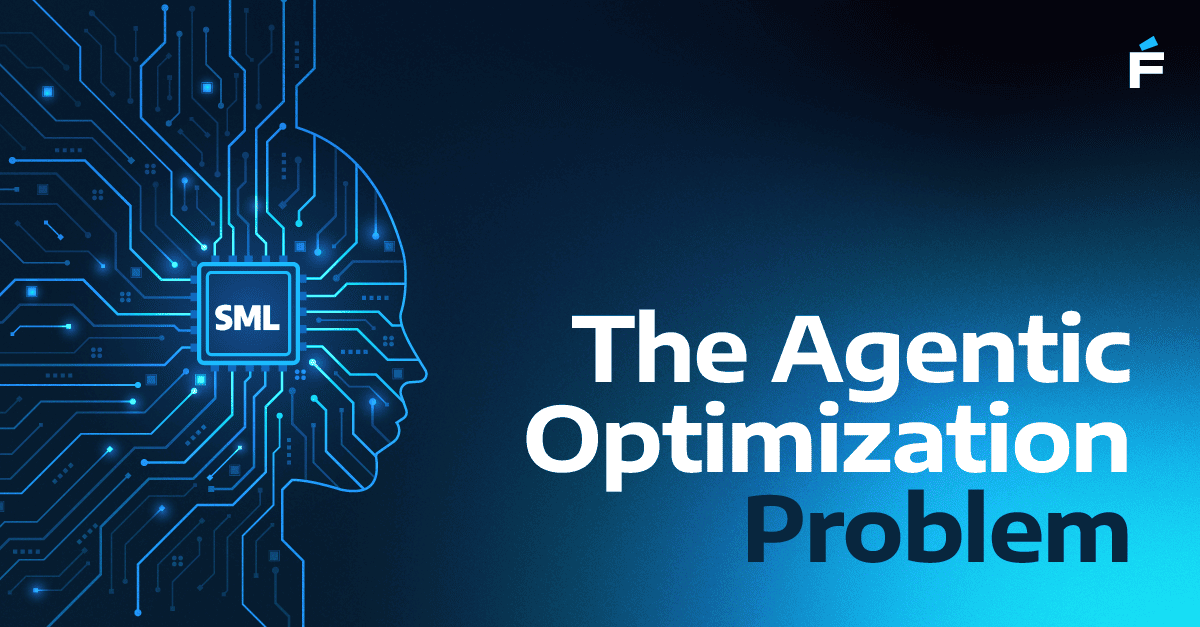The intersection of DevOps and blockchain development has become a driving force behind innovation in the tech industry. DevOps, which emphasizes collaboration between development and operations teams, is vital in making blockchain projects more efficient, secure, and scalable. This post explores the significance of DevOps in blockchain, tracing the path from concept to customer use, addressing critical security issues, and highlighting the importance of monitoring key performance indicators.
The value of DevOps in blockchain development
Blockchain technology is recognized for its decentralized structure, transparency, and robust security features. However, building and maintaining blockchain applications presents unique challenges, such as managing distributed networks, ensuring data immutability, and facilitating continuous integration. This is where DevOps proves invaluable.
Complex and Distributed Infrastructure
Blockchain projects often involve decentralized and distributed networks, which can be challenging to manage and scale. DevOps practices help automate the provisioning, configuration, and scaling of infrastructure, ensuring consistent deployment across multiple nodes and environments.
Continuous Integration and Delivery (CI/CD)
Blockchain projects require frequent updates to smart contracts, nodes, and other components. DevOps enables CI/CD pipelines to automate testing, integration, and deployment, reducing the risk of errors and ensuring faster delivery of updates.
By integrating practices like continuous integration and deployment (CI/CD), automated testing, and infrastructure as code (IaC), DevOps streamlines the blockchain development process. For example, in a blockchain-based supply chain management system, where goods are tracked across borders by multiple parties, DevOps ensures that updates, such as the introduction of new tracking features, are deployed seamlessly, maintaining the integrity of the entire system.
From idea to reality: bringing blockchain projects to life
Turning a blockchain concept into a functional product requires strategic planning and execution. DevOps methodologies provide a framework that enables teams to transition from the idea stage to a product that customers can use confidently.
1. Design and Planning: In the early stages, collaboration is key. Developers, operations teams, and stakeholders must work closely together. DevOps encourages continuous feedback and iteration, ensuring the project aligns with both customer needs and market expectations.
2. Development and Integration: With a solid plan in place, DevOps facilitates the creation of a robust CI/CD pipeline. This pipeline ensures that code is integrated, tested, and deployed consistently across environments. Automated testing plays a crucial role here, catching potential issues early and minimizing the risk of bugs making it to production. For instance, a team working on a blockchain-based voting system might use automated testing to simulate high traffic during election periods, ensuring the system can handle peak loads without issues.
3. Deployment and Customer Adoption: A well-executed DevOps strategy makes deployment smooth and predictable. Continuous monitoring and feedback allow teams to fine-tune the product, ensuring it meets customer expectations. Moreover, DevOps supports rapid updates and feature releases, keeping blockchain projects competitive in a dynamic market.
Security considerations in blockchain development
Security is a critical concern in blockchain, where the decentralized nature of the technology introduces new vulnerabilities even as it offers protection against traditional attacks. DevOps can significantly bolster security measures in blockchain projects.
1. Automated Security Testing: Teams can identify and address vulnerabilities before code is deployed by integrating security testing into the CI/CD pipeline. Automated tools for static analysis, vulnerability scanning, and penetration testing streamline this process. For example, in a blockchain-based digital identity system, automated security tests can ensure that personal data is encrypted and stored securely, preventing unauthorized access.
2. Replicate Infrastructures: Infrastructure as code (IaC) enables secure, repeatable deployment of infrastructure. It also provides a single source of truth for the infrastructure in code form. In blockchain, this approach ensures that nodes, smart contracts, and other components are consistently deployed, reducing the risk of configuration errors that could lead to security breaches.
3. Real-Time Monitoring and Incident Response: Monitoring tools integrated with the blockchain network can detect anomalies in real time, enabling quick responses to potential threats. These quick responses can be done via deployment strategies such as Blue/Green. This type of deployment allows to direct only a portion of the traffic to a given version of the codebase while providing valuable data of how the application is behaving. In case a surge of errors is detected, then that portion of the traffic can be redirected to a stable version of the product.

Monitoring what really matters in blockchain
Monitoring is essential in blockchain to ensure smooth and secure network operations. However, the decentralized and immutable nature of blockchain requires a different approach to monitoring compared to traditional applications.
1. Network Performance: Keeping tabs on network performance is crucial. This involves monitoring node health, latency, transaction throughput, and consensus mechanisms. By tracking these metrics, teams can quickly identify and resolve issues that could affect network performance. For instance, a blockchain network supporting a global payment system must maintain low latency and high transaction throughput to ensure users experience fast, reliable transactions even during peak usage times.
2. Smart Contract Behavior: Smart contracts, which automatically enforce agreements coded within them, must be monitored to ensure they perform as expected. Any deviation from their intended behavior can lead to significant financial and reputational damage.
3. User Activity and Transactions: Understanding user interactions with the blockchain is key to optimizing the user experience and ensuring network efficiency. Monitoring transaction volumes, activity patterns, and wallet interactions provides valuable insights for product improvement.

Conclusion: The strategic role of DevOps in blockchain
DevOps is instrumental in the successful development and deployment of blockchain applications. By embracing DevOps practices, teams can navigate the complexities of blockchain technology, strengthen security, and deliver high-quality products that meet customer expectations. As blockchain technology continues to evolve, adopting DevOps will be crucial for staying competitive in this fast-paced industry.
In the blockchain world, where precision in every transaction and operation is vital, DevOps provides the frameworks and tools necessary to ensure that projects are scalable, secure, and responsive to user needs.




